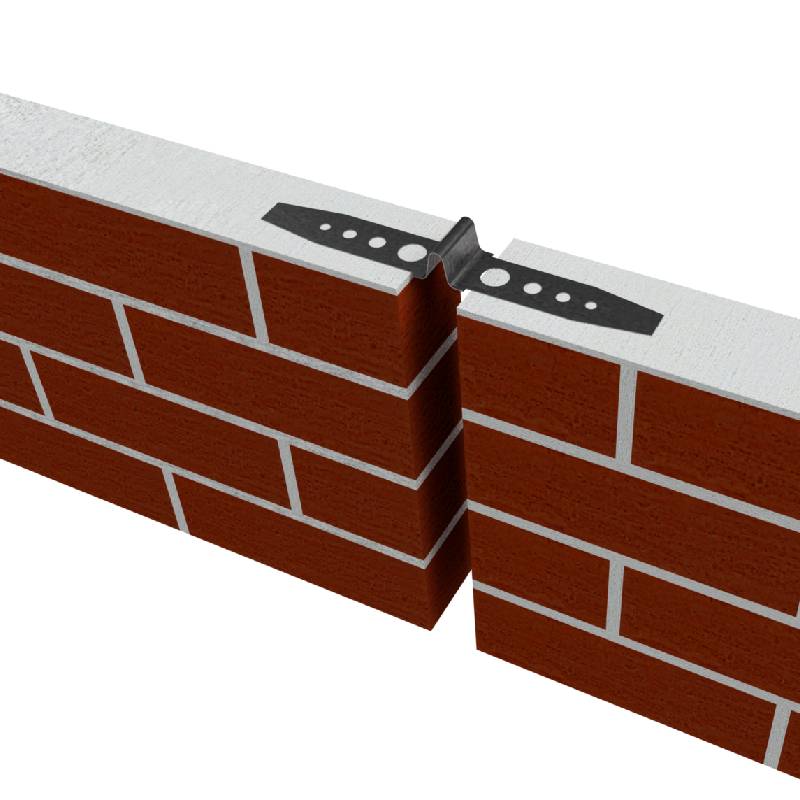
- Mobile Phone
- +8613931874955
- sales@cntcmetal.com
mesh size chart pdf
Understanding Mesh Size Charts A Comprehensive Guide
Mesh size charts are essential tools used in various industries, including agriculture, construction, pharmaceuticals, and more. These charts provide critical information regarding the size of particles or materials, which can significantly affect product performance, quality, and usability. In this article, we will explore the importance of mesh size charts, how they work, and their applications in different sectors.
What is Mesh Size?
Mesh size refers to the number of openings in a unit area of a mesh screen or filter. It is commonly expressed as the number of openings per linear inch. For example, a 20 mesh screen has 20 openings per inch, while a 100 mesh screen has 100 openings per inch. The size of the particles that can pass through these openings is inversely related to the mesh number. Therefore, as the mesh number increases, the size of the particles that can pass through decreases.
Mesh sizes are typically categorized into standard sizes that are easily understood and utilized across various industries. These sizes can range from very coarse (such as 4 mesh, which has large openings) to very fine (such as 400 mesh, which allows only microscopic particles to pass through).
Significance of Mesh Size Charts
Mesh size charts are vital for several reasons
1. Specification Compliance Many industries have specific requirements regarding the particle size of materials. For instance, in the pharmaceutical industry, the efficacy of a drug can be highly dependent on the size of its active ingredients. Mesh size charts help ensure compliance with these specifications.
2. Product Quality The performance of many products can be directly linked to the particle size of their constituents. In construction, for example, the size of aggregates used in concrete can affect the strength and durability of the final product. Proper mesh size selection assists in maintaining quality control.
3. Efficiency and Cost-Effectiveness Understanding the mesh sizes enables producers to optimize their processes, minimize waste, and reduce costs. By using the correct mesh size, manufacturers can ensure that they achieve desired outcomes with fewer resources.
4. Safety Considerations In certain applications, especially in food processing or pharmaceuticals, incorrect mesh sizes can lead to contamination or ineffective products. Mesh size charts help industries identify safe and effective particle sizes for various applications.
How to Read a Mesh Size Chart
mesh size chart pdf

Reading a mesh size chart can be straightforward if one understands the layout. Typically, these charts list mesh sizes in one column, alongside associated measurements like microns or millimeters in adjacent columns.
For example - Mesh Size 20 0.841 mm (841 microns) - Mesh Size 50 0.297 mm (297 microns) - Mesh Size 100 0.149 mm (149 microns)
This table indicates the approximate size of particles that can pass through each mesh size. It's crucial to note that the actual particle size can sometimes vary due to factors like shape and density, but mesh size charts provide a reliable guideline.
Applications Across Industries
1. Agriculture In agriculture, mesh size charts help determine the right size of seed for planting or the correct filtration for irrigation systems.
2. Construction In the construction industry, mesh sizes influence the types of materials used in concrete, plastering, and asphalt.
3. Food Industry Mesh size is critical in food processing, where sifting flour or separating grains often requires specific particle sizes.
4. Pharmaceuticals In pharmaceuticals, precise mesh sizes ensure that active ingredients are adequately sized for absorption and efficacy.
5. Mining and Mineral Processing The correct mesh size is pivotal for separating valuable minerals from ore, impacting the efficiency of the entire extraction process.
Conclusion
Mesh size charts are indispensable across various industries, serving as a guide for manufacturers and producers to ensure that they utilize the correct particle sizes for optimal results. Understanding how to read and apply these charts can lead to enhanced product quality, increased efficiency, and greater safety. As such, anyone involved in manufacturing, processing, or quality control should familiarize themselves with mesh size charts to aid in their work.
share:
-
Why Sacrificial Formwork Is Redefining Underground ConstructionNewsJun.06,2025
-
The Structural Dynamics of Modern Concrete: How Snake Spacers Revolutionize Flexible ReinforcementNewsJun.06,2025
-
Snake Spacers Smart-Lock Concrete Reinforcement with Surgical PrecisionNewsJun.06,2025
-
Snake Spacers: Reinforcement Precision for Modern Concrete ProjectsNewsJun.06,2025
-
Snake Spacers Powering Concrete's Structural DNANewsJun.06,2025
-
Slither into Success: Snake Spacers' Precision Bite for Unbreakable ReinforcementNewsJun.06,2025
-
Sacrificial Formwork: Building Stronger, Faster, and Safer StructuresNewsJun.06,2025



















